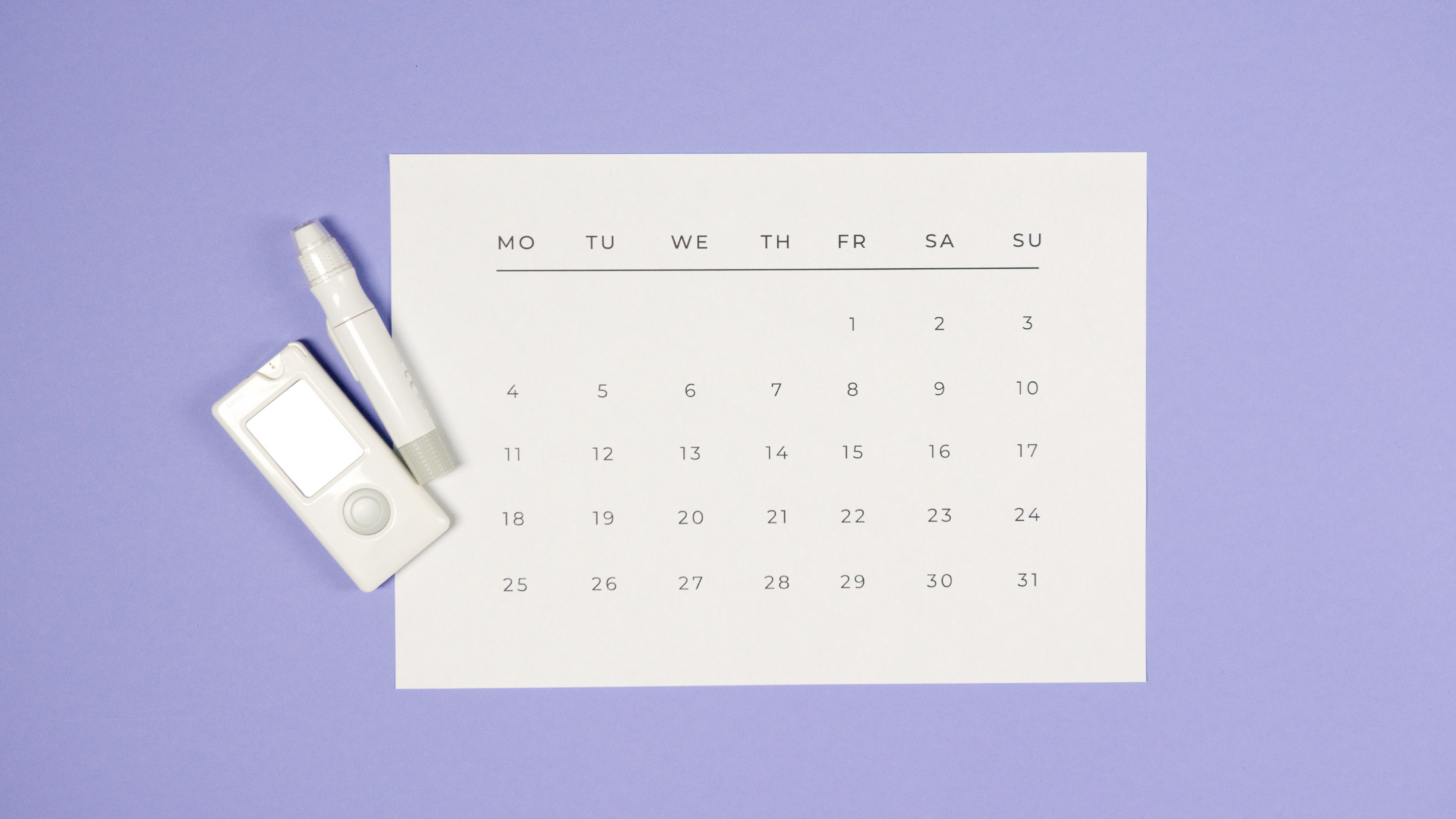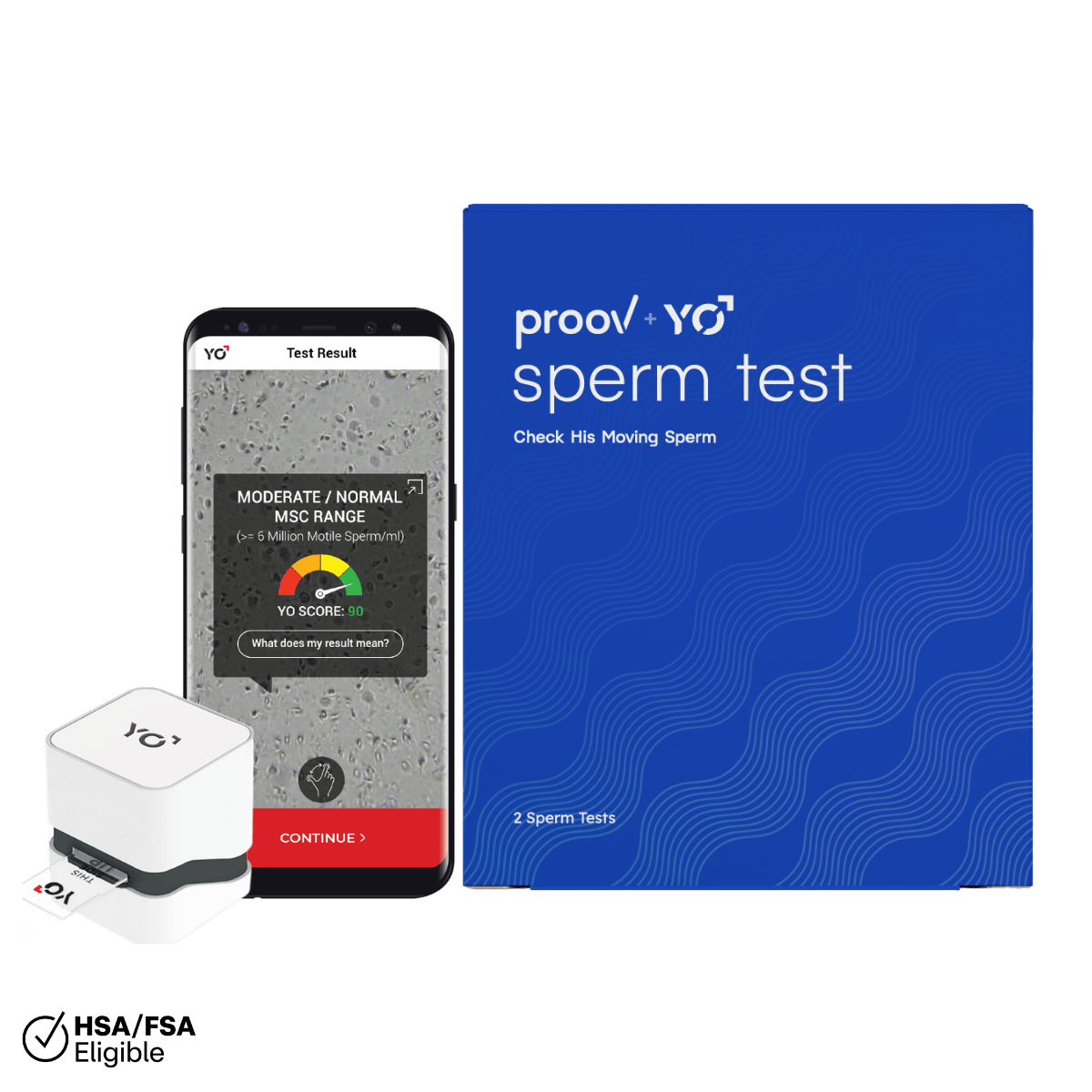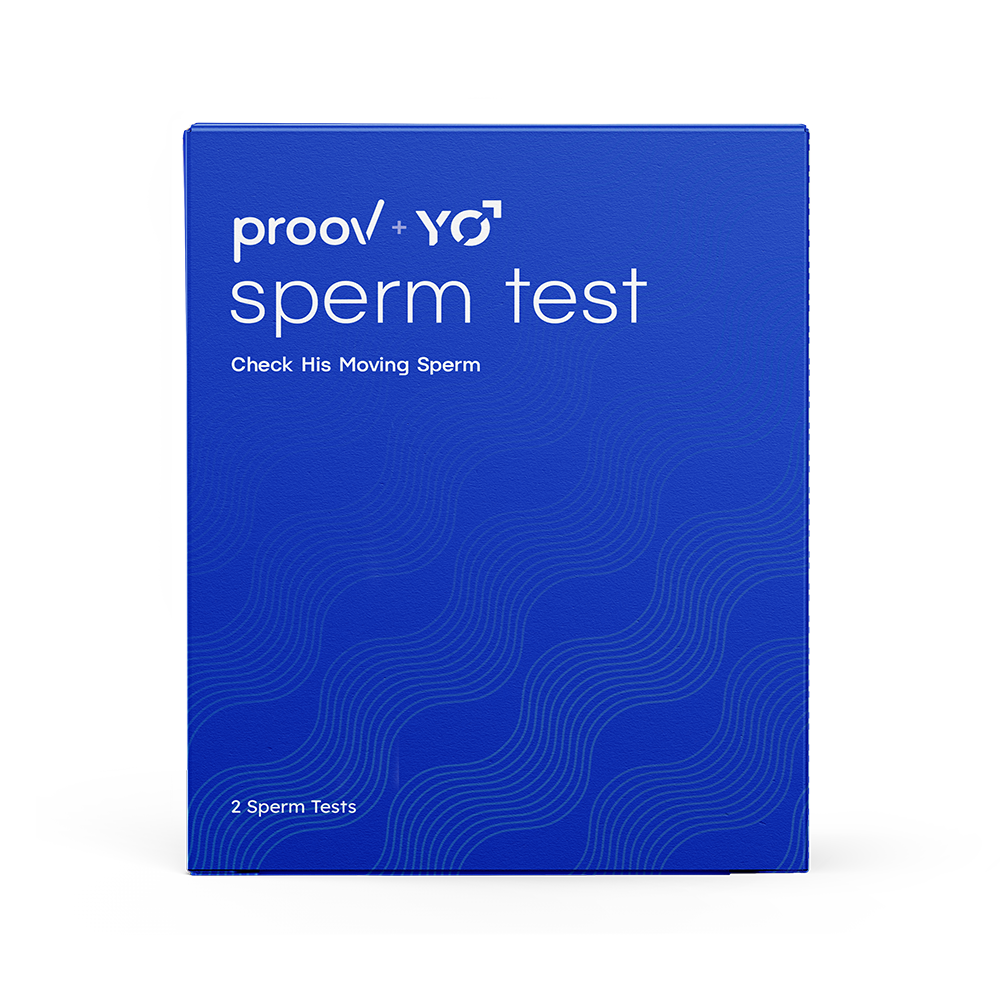If you’re like a lot of women trying to get pregnant, you may have learned what ovulation was in your high school sex ed or maybe biology class, and then promptly never thought much about it again. And while that’s a really common experience, it can lead to challenges when you realize that ovulation is critical to being able to successfully conceive.
So if you’re wondering what ovulation is, how long you ovulate for, and what it means for you, you’re in good company! Fortunately, we’ve been there and we’ve got the answers. Read on, and we’ll cover all the “must knows” about ovulation!
What happens during ovulation?
Let’s go back to the very basics. To make a baby, a sperm and an egg have to meet. But eggs aren’t just hanging around all the time waiting for sperm–instead, they’re waiting dormant in the ovary. At the start of every menstrual cycle (that’s the time from the beginning of one menstrual period to the next), a few eggs begin to mature in the ovary, and eventually one will become dominant.
Once one egg is fully matured, a hormone called luteinizing hormone rises and tells the ovary that it’s time for ovulation–the release of the egg. The egg will burst out of the side of the ovary and is taken up into the fallopian tube, where it lives for another 12-24 hours. If sperm makes it into the fallopian tube during the time the egg is alive, a sperm may fertilize the egg, potentially leading to conception.
When do you ovulate?
Roughly speaking, ovulation is in the middle of your cycle, on average 15 days from the start of your period. But the precise timing of ovulation is different for everyone, and is often different from cycle to cycle.
It’s more useful to understand when ovulation happens in context with the rest of your menstrual cycle, so you can detect your unique time of ovulation and make sure you’re timing intercourse correctly if you’re trying to conceive!
Typically a few days after your period, the hormone estrogen will begin to rise as your ovaries begin the process of maturing a few eggs. This lasts for a few days, and usually comes with symptoms such as increasing cervical mucus (more on that later). This is the start of your fertile window, and is a good time to start timing intercourse.
After estrogen rises rapidly enough for a few days, this will lead to a surge of luteinizing hormone, which you can directly detect with an ovulation predictor kit or other form of LH testing. 12-36 hours after your LH surge, one ovary will release an egg!
From there, the leftover follicle that the egg came from will become the corpus luteum, and begin producing progesterone for the rest of your cycle. If you aren’t pregnant, your period will usually come 11-18 days after that.
How long does ovulation last?

The release and survival of the egg itself only lasts 12-24 hours, which is why it can be so important to track your hormonal signs to make sure you’re timing intercourse correctly. If you include the 12-36 hour head start you can get from LH testing, you have two “most fertile” days around ovulation.
Is ovulation the same thing as the fertile window?
Fortunately, you may have noticed by this point that you have a few more days of fertility than just ovulation, based on when your estrogen starts rising! Ovulation is part of what makes up the fertile window (the time during which intercourse can result in pregnancy), but it’s not the entire fertile window.
Ovulation is what sets the end of the fertile window, but the beginning of the fertile window is a little more difficult to find. Technically the fertile window is just the five days before ovulation, when sperm may survive in the female reproductive tract and successfully fertilize the egg, plus the day of ovulation. When you’re tracking your hormones, though, we usually refer to the fertile window as any time that there’s fertile cervical mucus present, or when your estrogen begins to rise. These signal that ovulation is coming soon, and intercourse may result in pregnancy.
How do I know if I’m ovulating?

So if the fertile window is so important to find…how do you find it? There are a few different methods and options for ovulation tracking, and we’ll give a brief overview of each with links to learn more!
Cervical mucus tracking: Cervical mucus, or the discharge produced by your cervix that often makes its way down to the vulva, changes throughout the cycle. During the fertile window, it becomes clear, slippery, and stretchy, to allow better sperm survival. Cervical mucus won’t identify the day of ovulation specifically, but it will help you identify the fertile window overall.Learn more: Fertile Ovulation Discharge
Basal body temperature: Due to rising progesterone, your temperature upon waking up each morning will increase just after ovulation and remain elevated during the luteal phase. By tracking your temperature every day, you can determine when the time of ovulation passes.
Learn more: Basal Body Temperature: Explained
At-home hormone testing: This method is our favorite, although we’ll admit we’re a little biased. That’s because at-home hormone testing with Proov Complete will find your entire fertile window AND confirm successful ovulation, giving you the best timing to try and making sure pregnancy is even possible that cycle.
Learn more: Proov Complete 101












